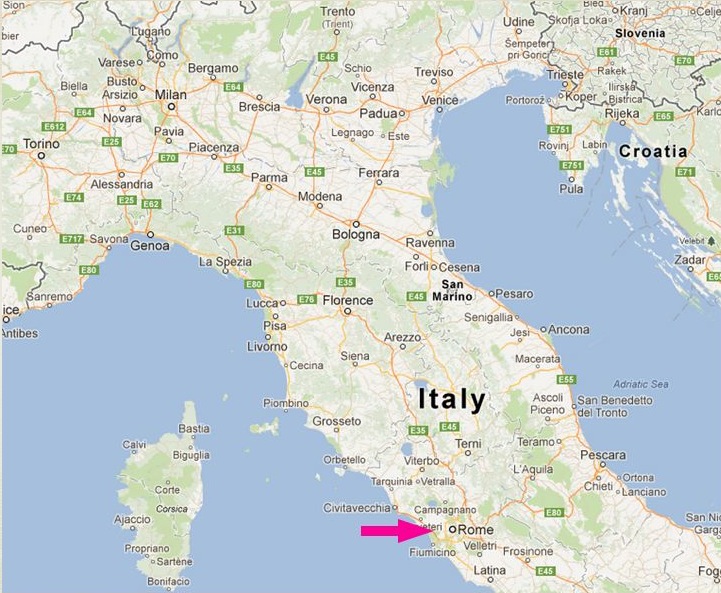

After a few defeats at the hands of Hannibal, the Roman senate finally sent a huge army to eliminate him forever. The Carthaginian general Hannibal brought his army over the Alps into Italy itself, thereby threatening all of Rome’s holdings in Italy. It happened during one of the wars that Rome fought against the North African city of Carthage for dominance of the Mediterranean. The Romans found it most embarrassing.Īnd there were several other Roman defeats during the Roman Republic but the really big one was at a place called Cannae in Italy in 216 BC. The Romans surrendered without fighting, and the Samnites humiliated them by making each Roman soldier grovel “beneath the yoke” (that is, crawl in front of them under a horizontal spear). Through a ruse, the Samnites trapped the Roman army in an enclosed valley. One of them was the “Battle of the Caudine Forks” during Rome’s wars with Samnite tribes in Italy in 321 BC. They thus created a superb war machine that made the subsequent Roman empire possible.īut even if for almost a 1,000 years nobody breached the city again, and even if Rome’s improved war machine produced an empire, Rome still had to endure a number of important military defeats over the succeeding centuries. The Romans vowed “never again.” They built a tall wall around the whole city and reorganized their military, replacing their unwieldy Greek-style phalanx with more manipulatable smaller units. The Romans took refuge on their fortified citadel known as the Capitoline Hill, but after a few months of siege, the starving Romans were forced to buy off the Gauls with 1,000 pounds of gold.Ī battle map shows how the Carthaginians enveloped and destroyed the Roman army at Cannae. They then advanced to Rome itself, sacked the whole city and burned it to the ground. Then around 390 BC the Gauls, a conglomeration of savage Celtic tribes, burst into Italy from the north and utterly routed the Romans at the Allia River near Rome. In the 100 years after 509 BC when the proud little town of Rome became a Republic, it grew into a small city and emerged as the dominant power in east-central Italy. Yet, despite its many victories, Rome also suffered significant defeats. We know how Rome, originally a small Italian village of castoffs and lowlifes, developed great military prowess and eventually conquered all its Italian neighbors, most of Europe, all of North Africa and most of the Near East. It dates from the reign of Emperor Augustus, and is one of the best preserved Roman theatres anywhere.Early Romans humbly pay off the victorious Gauls during the first sack of Rome. It dates from 1860 and is France's oldest festival.Įvery July, the Chorégies d'Orange take place in the theatre. decorated with reliefs celebrating various Roman victories. This is also part of the World Heritage site. Since 1933, the Musée d'Orange has been housed in a 17th-century mansion and former residence of Georges Van Cuyl, the Dutch man put in charge of armaments for the château on the hill by the Prince of Orange. The museum includes a collection of art and furniture from ancient Roman times to the 19th century, and also covers the history of Orange. One highlight is the Roman Centaur Mosaic in the Portico Room. This is the hill next to the ancient Theatre.

It dominates the city and also the Rhone and Comtadine countryside as far as mont Ventoux, providing a breathtaking panorama. Remnants of the history of the city, particularly those of the castle of the Princes of Nassau, can be seen in this park. The castle was one of the most beautiful fortresses in Europe, fortified by Maurice of Nassau in 1622. It was destroyed on the orders of Louis XIV in 1673.


 0 kommentar(er)
0 kommentar(er)
